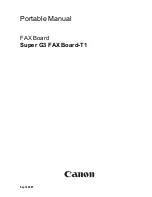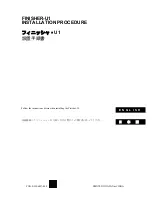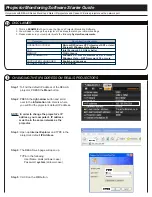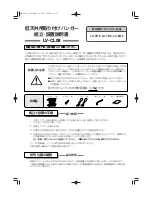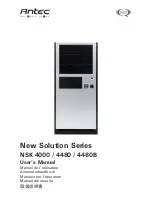
- 23 -
1) Evacuate the system; both discharge and suction valves must be in the middle
positions during evacuating.
2) Charge the system through both suction and discharge valves with refrigerant
using the recommended initial amount; both discharge and suction valves must
be in the middle positions during charging.
3) Turn on the power to start the system and check the following temperatures
and pressures.
9. Adjusting and Completing the Installation
1) The subcooling at the condensing unit shall be around 10°F. The charge may
be complete when there are no more bubbles forming in the liquid indicator.
2) Head pressure range: 120 ~ 150 psig at 70 ~ 90 °F condensing unit ambient
temperature.
3)
The evaporator’s constant pressure expansion valve is set around 30 ~ 35 psig
(35 ~ 40°F) at factory. This pressure setting gives a dew point to maintain the
proper humidity for storing wine.
4) The temperature split across the evaporator shall be 8 ~ 10°F at 55°F wine
cellar temperature.
5) Again, you must verify if the superheat at the evaporator unit is around 9 ~ 18°F
at 55 °F ~ high wine cellar temperatures.
6) If the superheat is high, check the subcooling first to know if the refrigerant
charge is sufficient. If the charge is not sufficient, add more refrigerant. If the
charge is good, then increase the evaporator suction pressure by turning the
hex nu
t (5/16”) clockwise. Liquid must always be charged into the hide side
when the compressor runs.
7) If the superheat is low, then decrease the evaporator suction pressure by
turning the hex nut (5/16”) counter-clockwise.
8) Both discharge and suction valves must be in the back positions before
disconnecting.
9) Close all service valves and disconnect all manifolds and hoses.
Fig. 15 Expansion Valve
10. Pressure, Superheat and Subcooling Readings
CAUTION:























